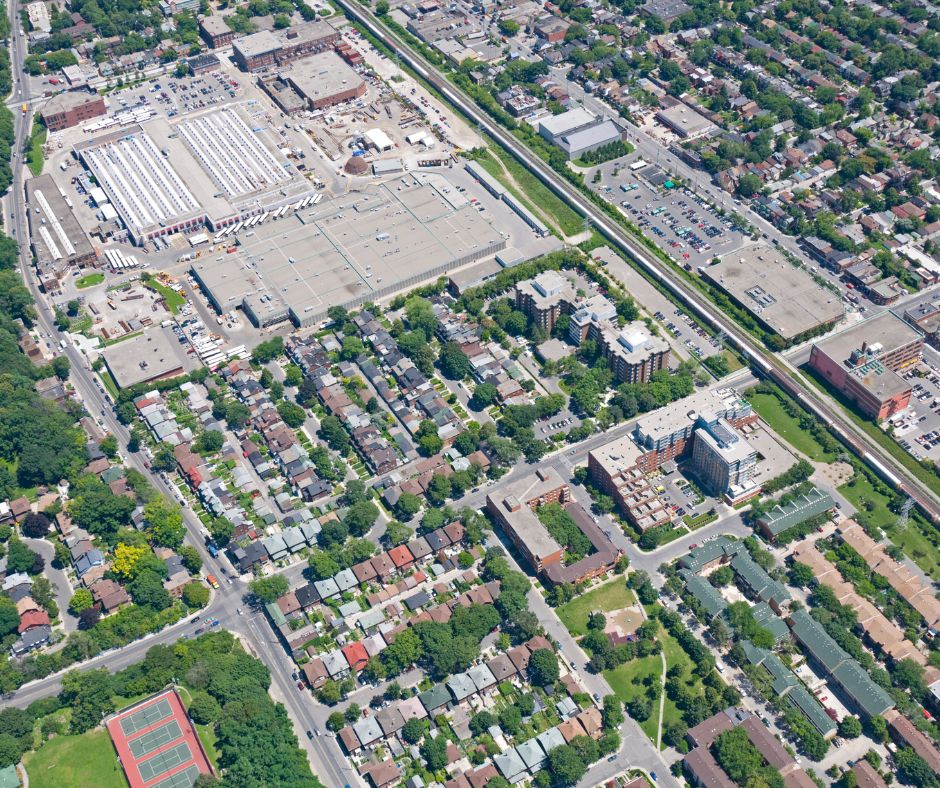
Zoning and land use laws are legal mechanisms that local governments exercise to manage how land is developed and used within their jurisdiction. While zoning exclusively refers to areas for different purposes and usage (i.e., commercial, industrial or residential), land use regulations involve a wider range of rules, such as zoning, lot size restrictions and building codes.
The purpose of these regulations is to promote community order and safety while protecting property values by separating conflicting land uses and maintaining appropriate development. This balances community needs, protects the environment and boosts economic growth by regulating land use and development.
Navigating the complexities and nuances of zoning and land use laws can be challenging for developers, but it is necessary to successfully determine a parcel’s suitability for use. These regulations significantly impact commercial real estate development, affecting everything from project feasibility and design to timelines and profitability. Here’s an overview of the critical influences:
1. Designation and development potential
Zoning laws identify how parcels of land can be used, be it commercial, residential, industrial or mixed-use. For example, a parcel zoned for low-density residential use cannot be developed into a shopping mall without rezoning, which requires a public review process. Land use designation directly determines what types of businesses can operate in certain areas, be it office versus retail. It also looks at factors such as building intensity, which includes height, density and lot coverage, while also assessing whether rezoning or variances are necessary, possibly stalling project timelines.
2. Regulation complexity
Zoning ordinances typically involve a myriad of layers, such as city codes, historic preservation rules and more, that builders must learn to understand and adhere to. These processes can become drawn out and lead to an increase in the holding costs, which often results in uncertainty of gaining approvals and later potentially deterring the investment. For projects not conforming strictly to the existing code, requirements could include conditional use permits, again upsetting project timelines.
3. Design limitations
Design requirements rooted in zoning laws impact architectural choices and site planning, often causing setbacks. In some instances, form-based codes dictate the physical form of the design rather than its function. Oftentimes, regulatory rigidity can affect innovative or mixed-use development. Other areas, which are often inflexible, include parking minimums, open space and signage restrictions impacting leasable or buildable areas.
4. Land value
Zoning influences the economic viability of commercial projects. Zoning that is more permissive can increase land value by permitting higher density or more profitable uses. Whereas, downzoning can depress land values, due to its nature of reducing permitted density or intensity. Tentative investment is typically based on anticipated zoning changes, such as upzoning around new transit infrastructure.
Zoning and land use regulations are powerful tools that shape the commercial real estate landscape. While these laws aim to ensure orderly development and community compatibility, they also pose challenges to developers in the form of constraints, delays, and added costs. Successful commercial real estate development increasingly depends on navigating these rules strategically, often in partnership with planners, local governments, and communities.
Landmark Title has more than four decades of experience in managing highly complex transactions, representing clients purchasing land or commercial property in Arizona and Nevada. Its team has an in-depth knowledge of the risk involved and performs its due diligence to anticipate challenges that may arise, while providing solutions to help ensure a smooth and safe closing process.
Landmark Title provides commercial title and escrow services for attorneys, commercial brokers, commercial/industrial developers, commercial lenders, government entities, private investors and residential developers. To learn more, get in contact here.